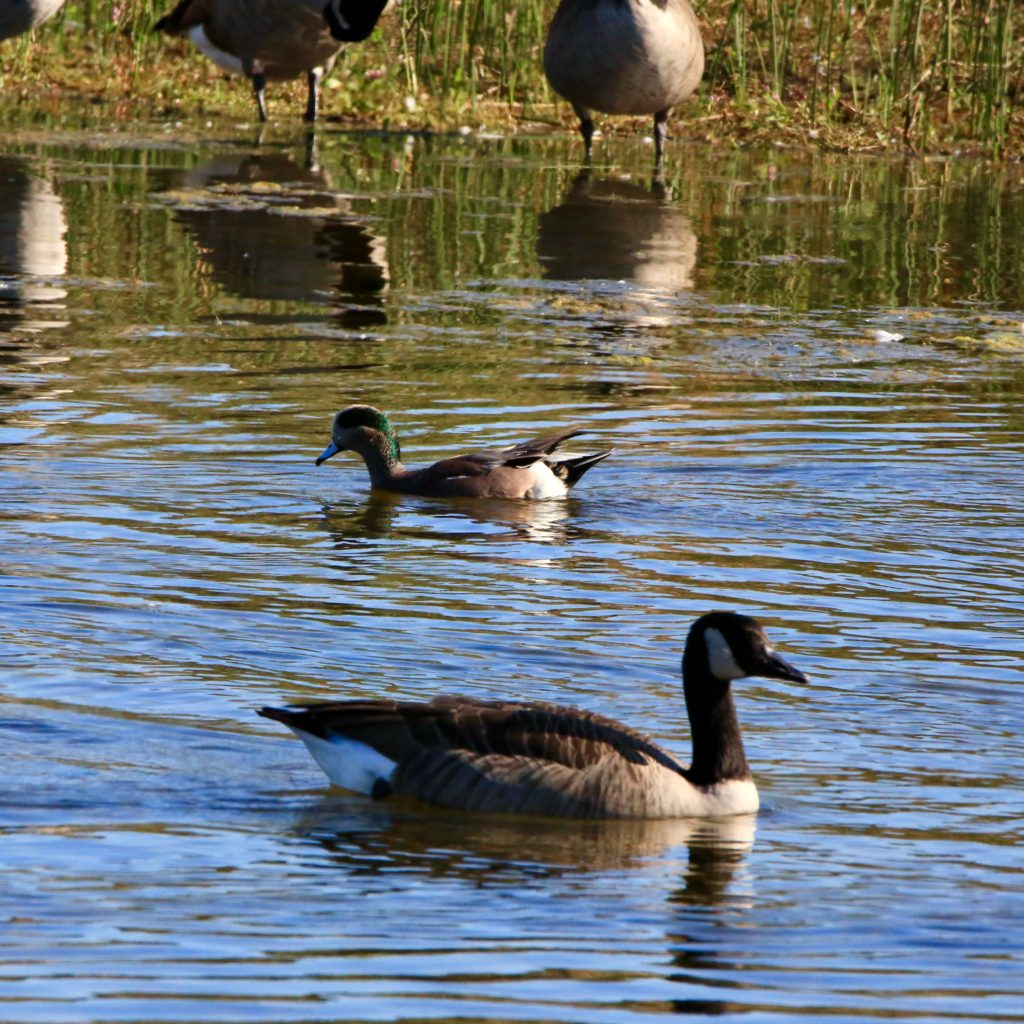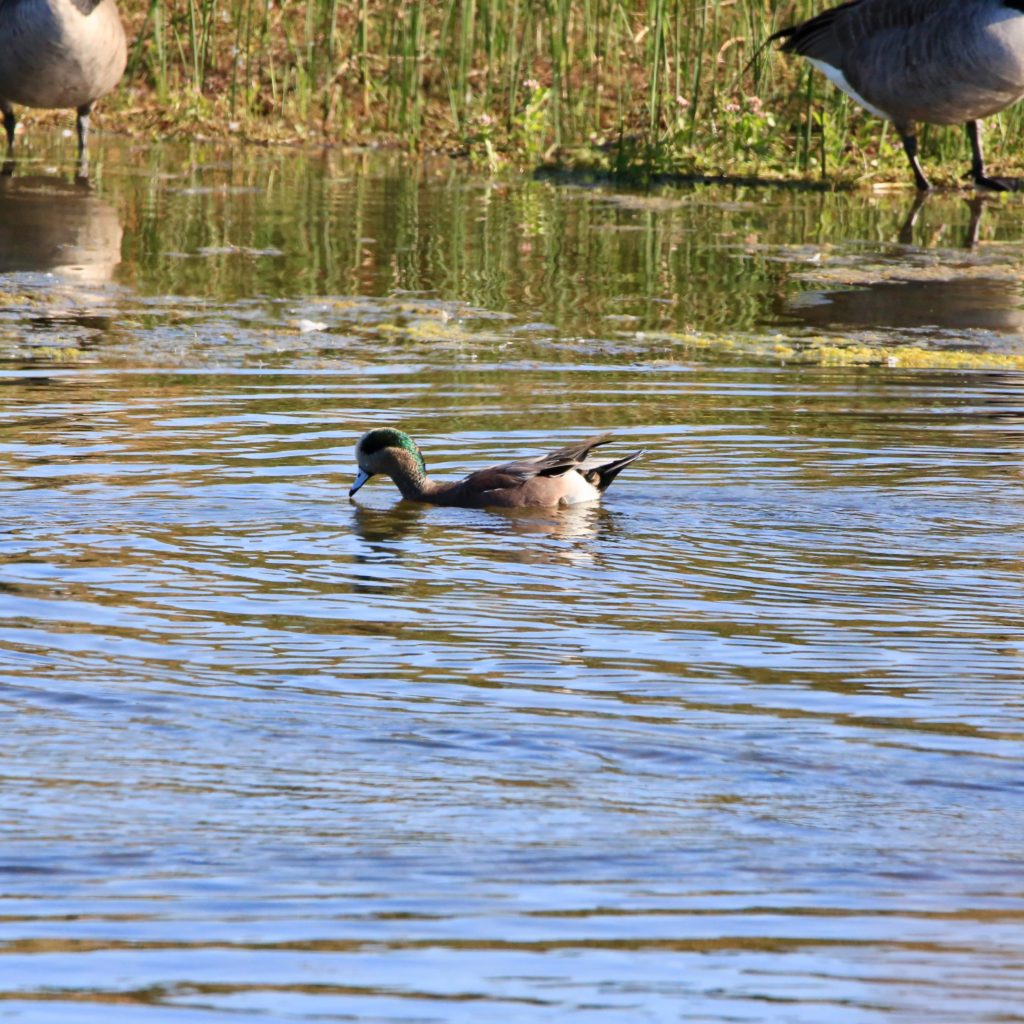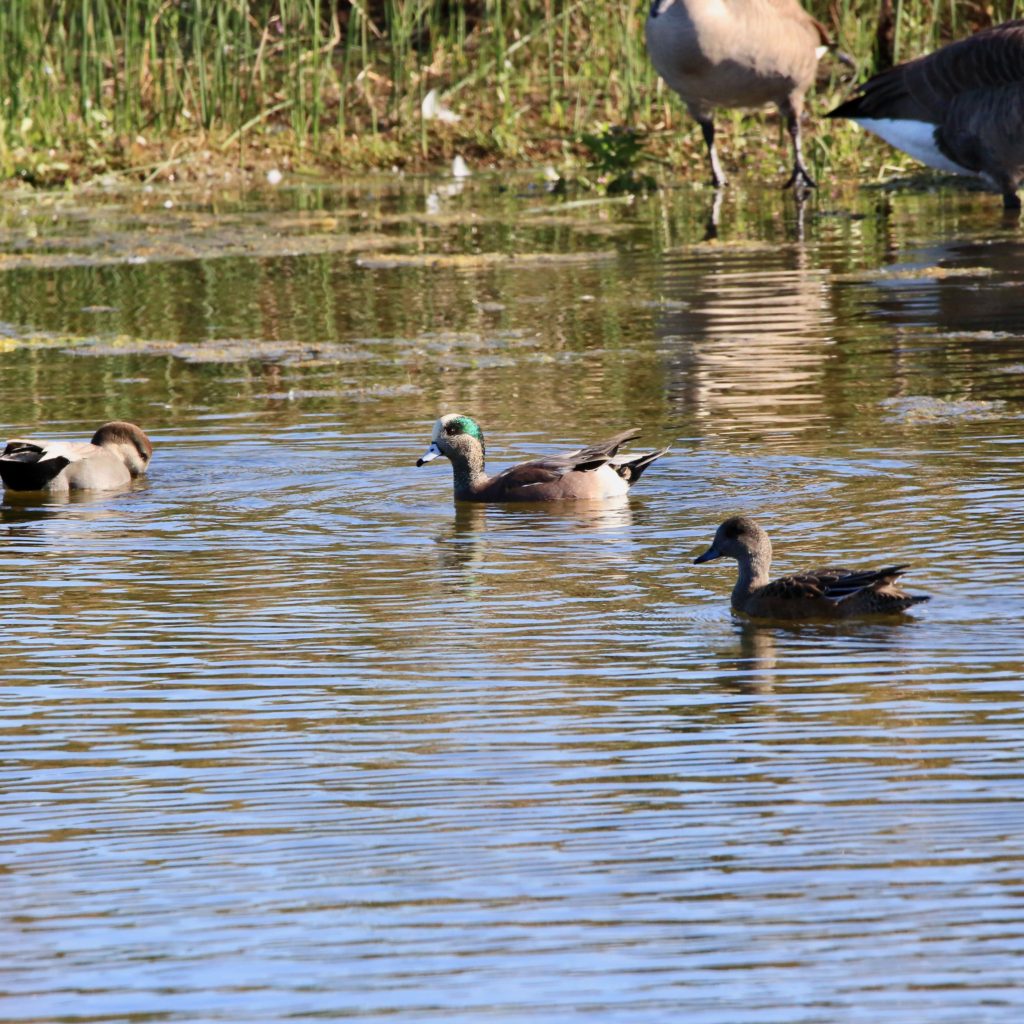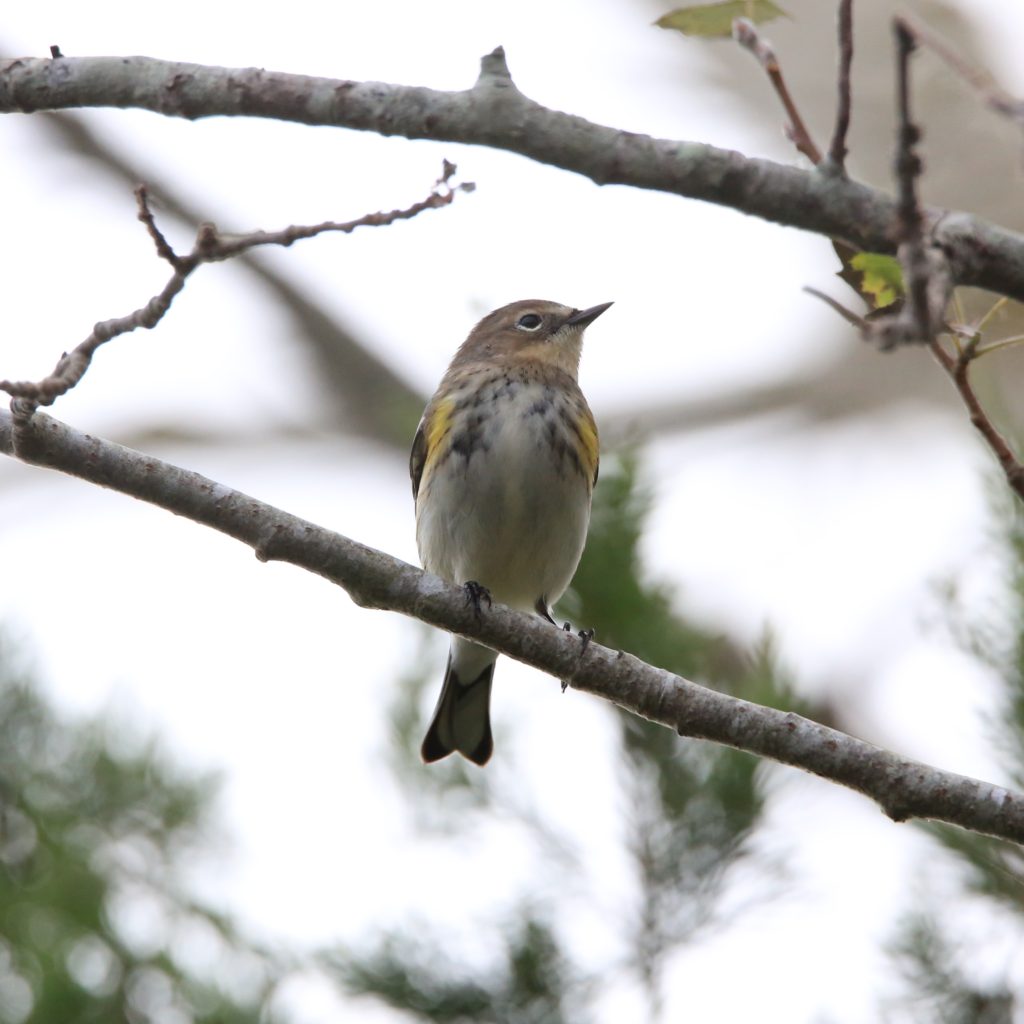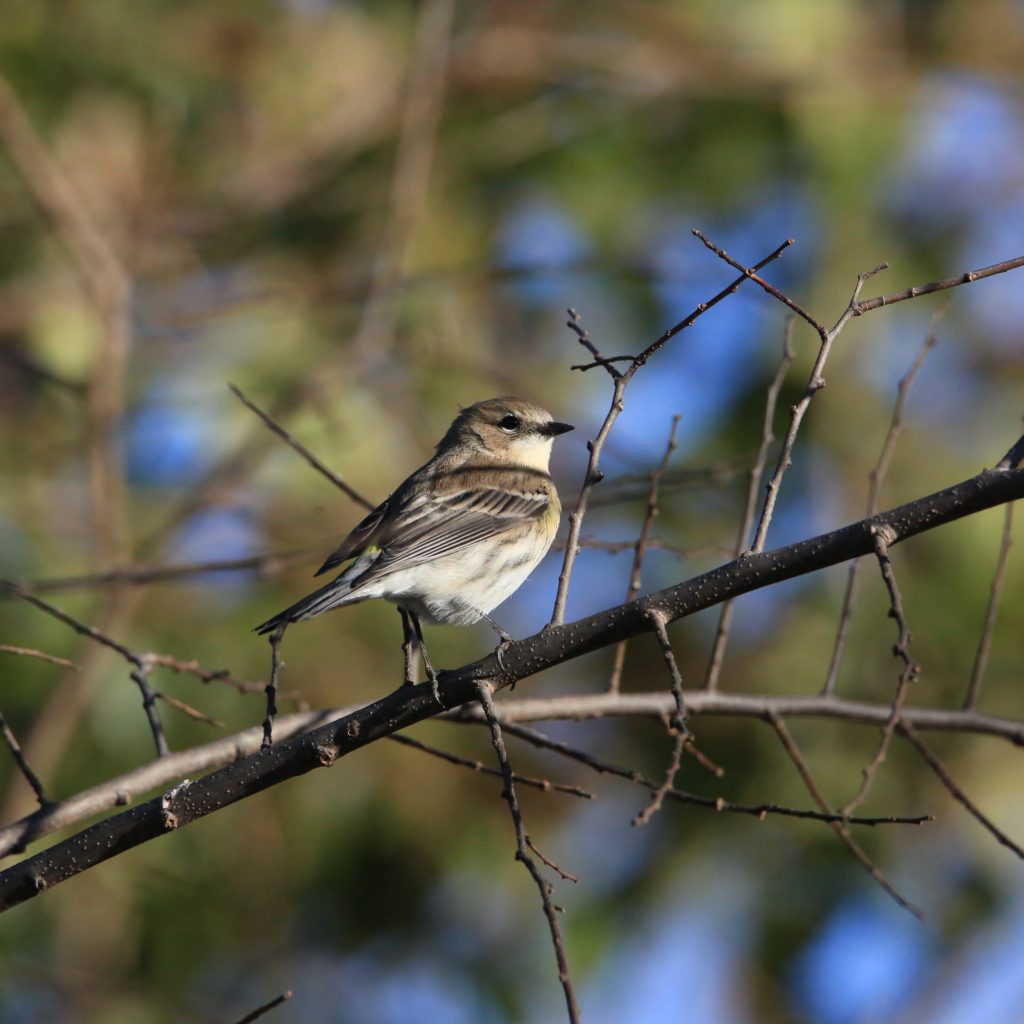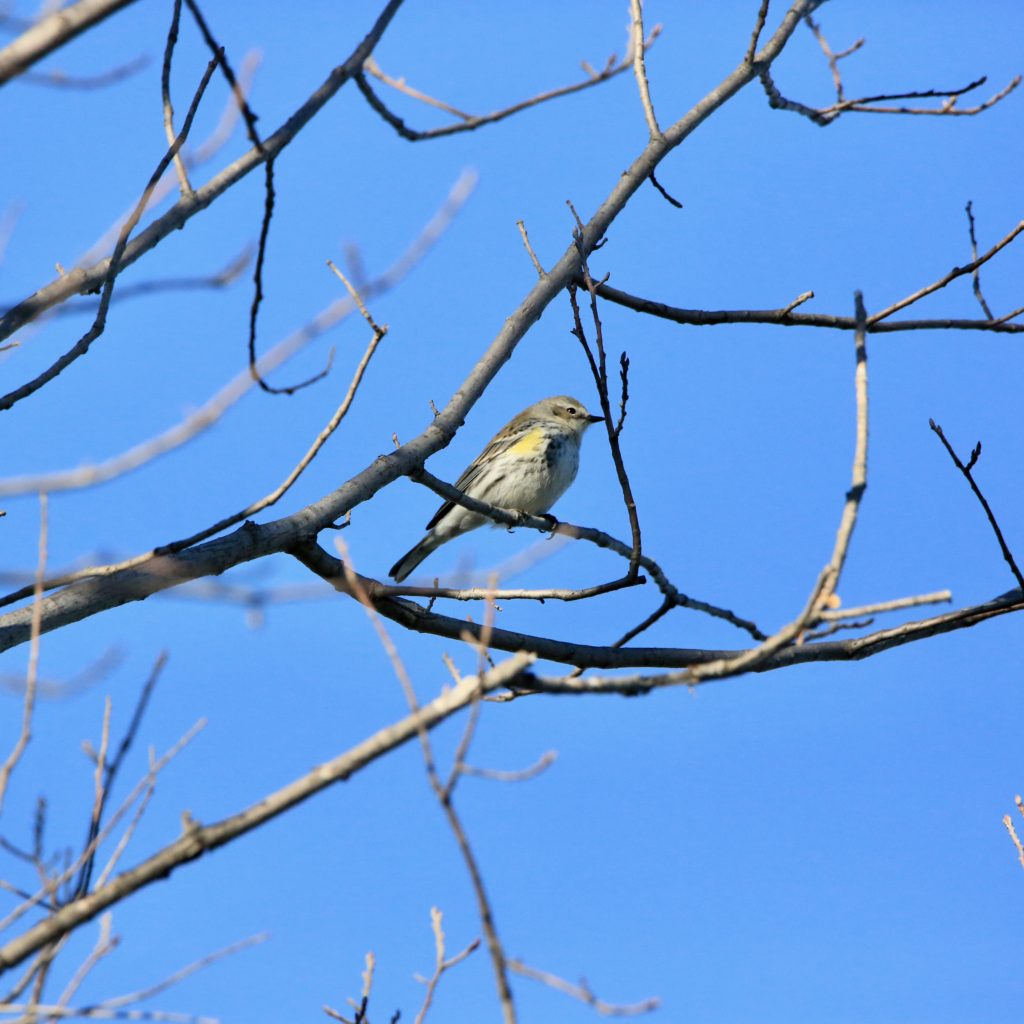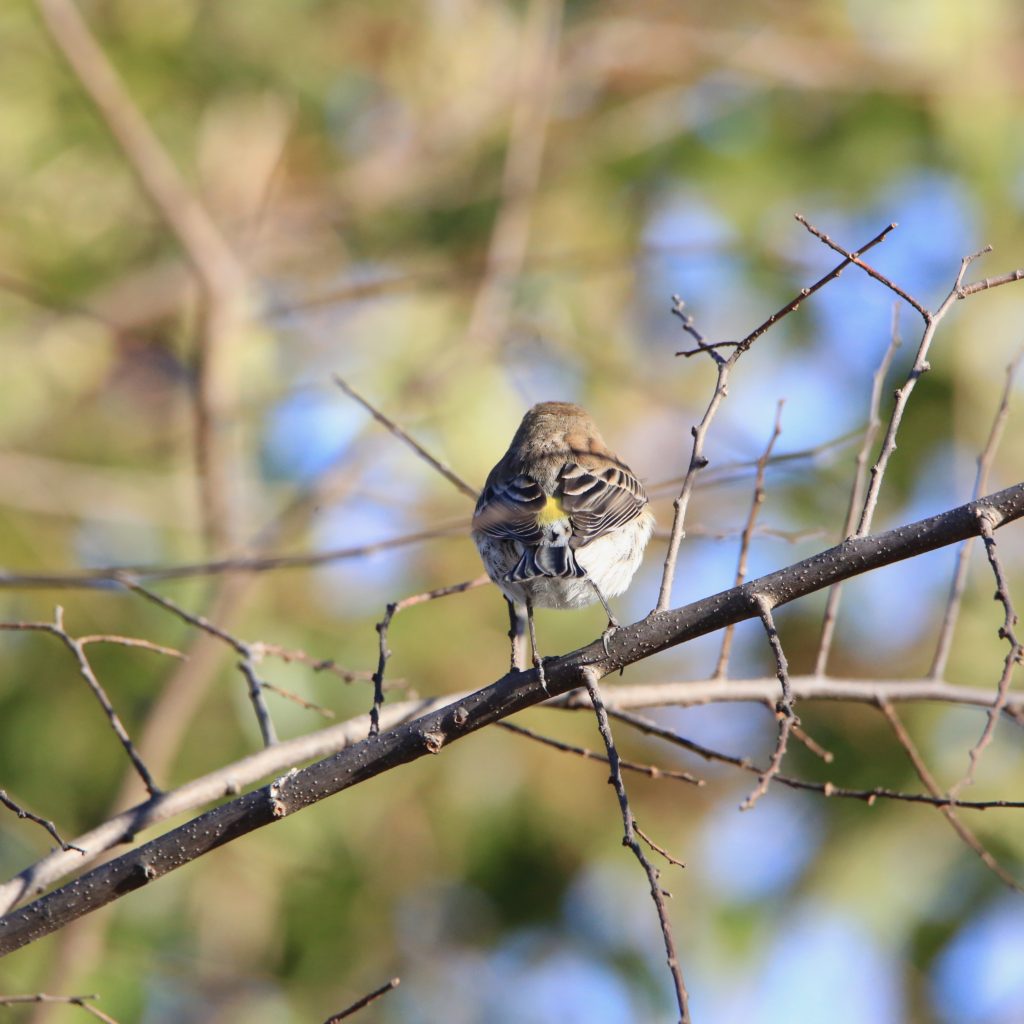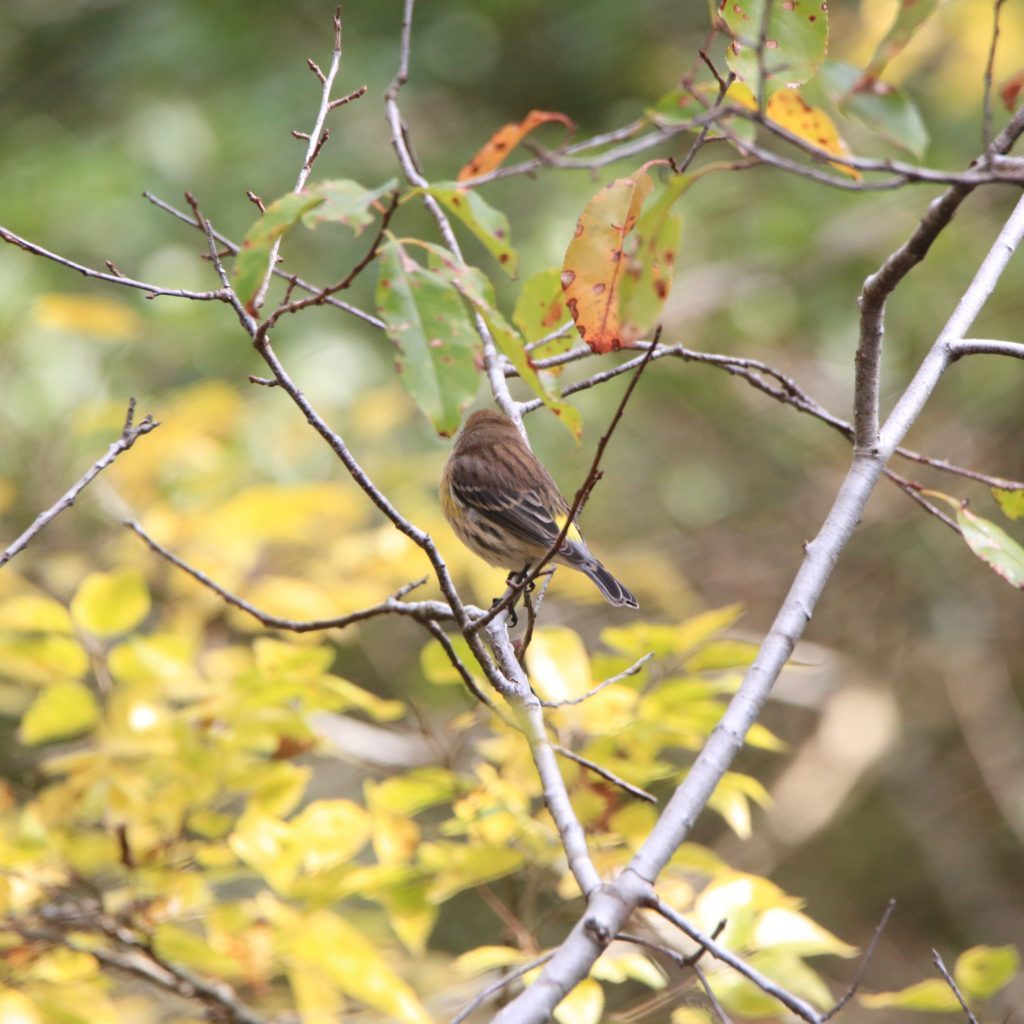
Bird Watching at Kobuk Valley National Park
Share
Kobuk Valley National Park is a 1,750,716 acres park located to the north of the Arctic Circleexactly at a distance of 25 miles. Basically, it is in northwest Alaska. The part acts as a preservatory for the high Great Kobuk Sand Dunes. The surrounding area is also under protection as it is the immigration route for a species of caribou Reindeer.
Major Attractions at Kobuk Valley National Park
Kobuk Valley National Park pretty much has little to no road access. As a result, one of the most popular ways to travel in the park is to fly by getting on one of those cool helicopters. The park offers an amazing view of the sand dunes.
Backpacking and hiking are some of the park’s most popular activities. A surprise, considering we cannot find a campground or a proper road in the park. People who hike here are serious about it and tend to carry all the important stuff that can be of use when you are left in the wild.
The Kobuk River, the ever slow-moving friend, allows you to boat or paddle to travel through it. Many people fish on this river, catching the likes of Northern pike. The park is home to caribou, wolves, black and brown bears, moose, etc.
In winter, the park is frequented by people who like skiing, snowmobiling, etc. Though, you should only do this if you have the right gears. Aurora-viewing is another popular activity in the park, the one you should do with a trusted ranger.
GET KIDS BIRD WATCHING
Bird Watching at Kobuk Valley National Park
There are 564 bird species in Alaska in total, of what has been recorded to date. In winter, you can barely spot 3 species in the park. In summer, this rises to a 16. Actually, at least 33 species form colonies in the park during summer. In winter, the colonies rise to 11 at most.
The park is not a place where most people visit for birdwatching. While a large number of birds can be seen by the lakes in summer, it is almost always the same couple of species rather than a huge diversity. However, the ones that do nest here are interesting to observe. For a beginner birdwatcher, they might be the perfect starting point.
Among the species spotted in the park, there are Common Ravens, Common Redpoll, and Canada Jay. Ravens are easy to spot due to their dark feather colors against the backdrop of the otherwise white snow or the blue lakes in the park. Common Redpoll and Common Jay are harder to recognize as they have a white plumage for the most part that easily blends in with the park’s scenery.
10 Birds to See at Kobuk Valley National Park
American Wigeon
American Wigeons are brownish-gray with a green stripe behind the eye and a white cap. You can find them throughout North America. Their population is stable with their range expanding into the northeast and Canada. American Wigeons have short bills that help them eat vegetation from fields easily. They make their homes in marshes, lakes, and fields. American Wigeons eat mostly plants such as algae, eelgrass, and wild celery. They migrate in flocks, moving during the day.
Yellow Warbler
Yellow Warblers are an all-around yellow bird with some light brown stripes on their chest. You can find these birds throughout North America. Their population is stable and not at risk of endangerment. They make their homes in gardens, streams, and along swamp edges. Yellow Warblers have a distinct whistle. They feed on insects in willows, wet woods, and even by the roadside. Yellow Warblers migrate early in the fall.
Northern Harrier
Northern Harriers are brown and gray with a white underside and black wingtips. They also have a white patch on their tail at the base. The face of a Northern Harrier is similar to an owl. Northern Harriers are found throughout North America. Their population is declining; however, they are still common. They make their homes in marshes, fields, and prairies. Northern Harriers eat small rodents and birds. The ones found in the south are permanent residents, while the ones found in the north migrate in both fall and spring.
Great Gray Owl
Great Gray Owls are covered in gray feathers with a white “bow tie” across their neck. They live in the north, mainly in Canada. Their population is stable, although they have seen some declines in the south. They make their homes in dense forests and in meadows. Great Gray Owls are powerful Owls that can be hard to spot. They like to feed on small animals, like mice and gophers. These Owls lay 2 to 5 eggs and likes to reuse the same nest for many years. They do not have a migratory pattern; however, they sometimes will move south in the winter.

Canada Goose
Canada Geese are brown with a black neck and white marks along their chin. They live all throughout North America. Their population continues to increase as many are managed in wildlife refuges. Canada Geese enjoy making their habitat in open water and also on lawns near a water source. They move through the sky in a V-formation. Their diet is mostly plants of all kinds and occasionally seeds, berries, and small fish. They lay 4 to 7 eggs on the ground near
water. At one time they followed a strict migratory pattern, but now many are permanent residents in refuges.

